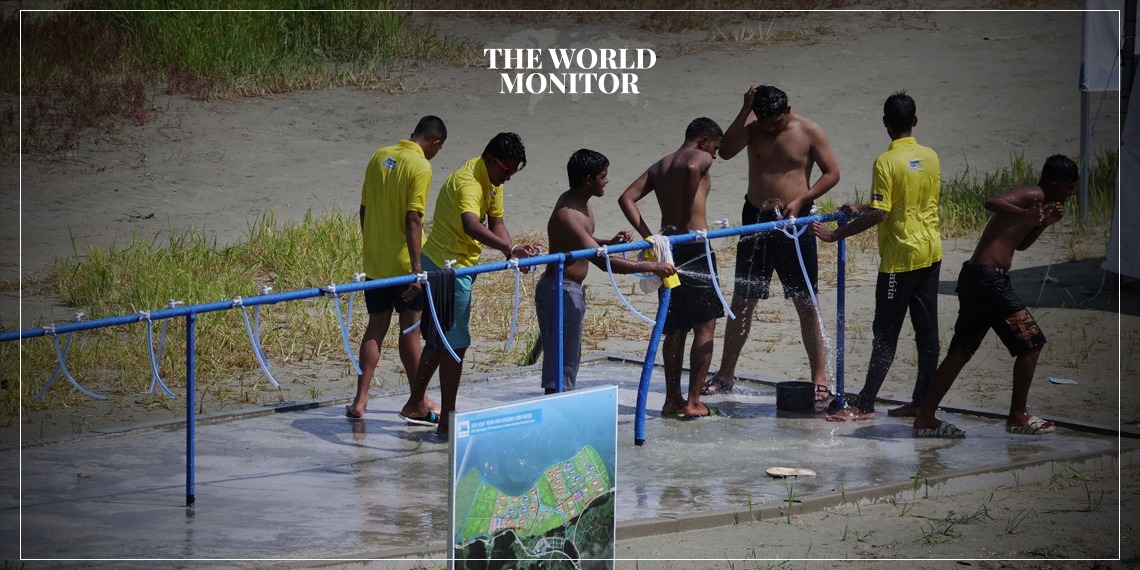South Korea is witnessing a devastating heat wave, with the mercury soaring above 38 degrees Celsius (100 Fahrenheit) in some regions. Since May, a distressing 16 heat-related deaths have been reported, a significant jump from last year’s figure of six during the same timeframe, as per the Korea Disease Control and Prevention Agency (KDCA).
By Tuesday, over 1,284 individuals had reportedly fallen sick due to the scorching temperatures, according to the KDCA’s data. Alarmingly, South Korea has issued its highest “serious” level heat wave warning, a measure not invoked since 2019, said the Interior and Safety Ministry. As the temperatures continually hovered above 33 degrees Celsius (around 91 Fahrenheit) since the end of July, the warning was expanded to cover most of the nation.
Recent reports from the Interior and Safety Ministry highlighted Yeoju city in Gyeonggi Province registering a staggering 38.4 degrees Celsius (101.1 Fahrenheit) on Tuesday. Close by, Anseong city recorded 38.2 degrees Celsius (100.8 Fahrenheit).
Efforts are underway to mitigate the effects of this unrelenting heat. Local government bodies are setting up cooling amenities such as shade tents and offering sun umbrella rentals, while routinely inspecting the well-being of those especially vulnerable to the heat.
However, concerns are growing for outdoor laborers. The Korean Confederation of Trade Unions made a poignant observation in their statement, noting that, given the prevailing conditions, casualties among construction workers are tragically “expected deaths”, as covered by a Reuters report.
The heat wave in South Korea is part of a broader pattern of extreme weather anomalies across Asia this summer. Both China and Japan have grappled with intense heat waves, compounded by heavy rainfall leading to landslides and flash floods.
Climate scientists are unequivocal: these extreme weather incidents, rising in both frequency and intensity, are exacerbated by the ongoing, human-induced climate crisis.






